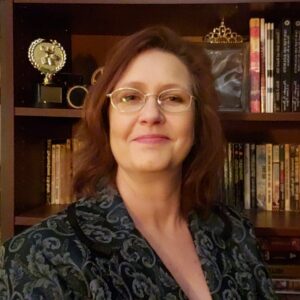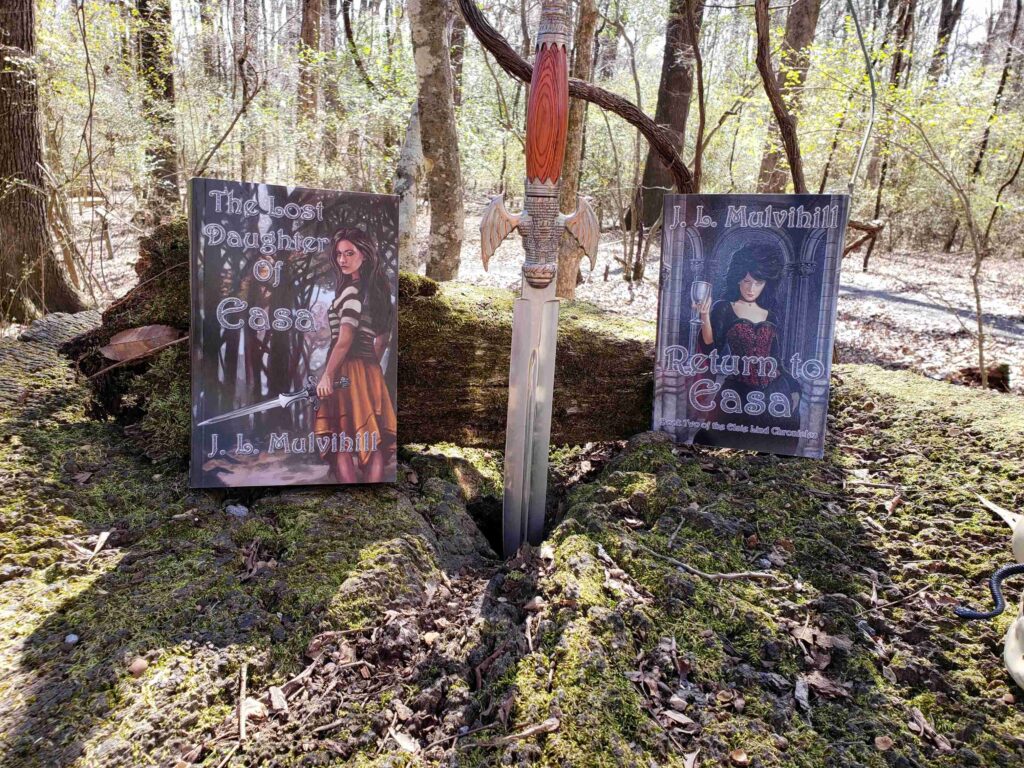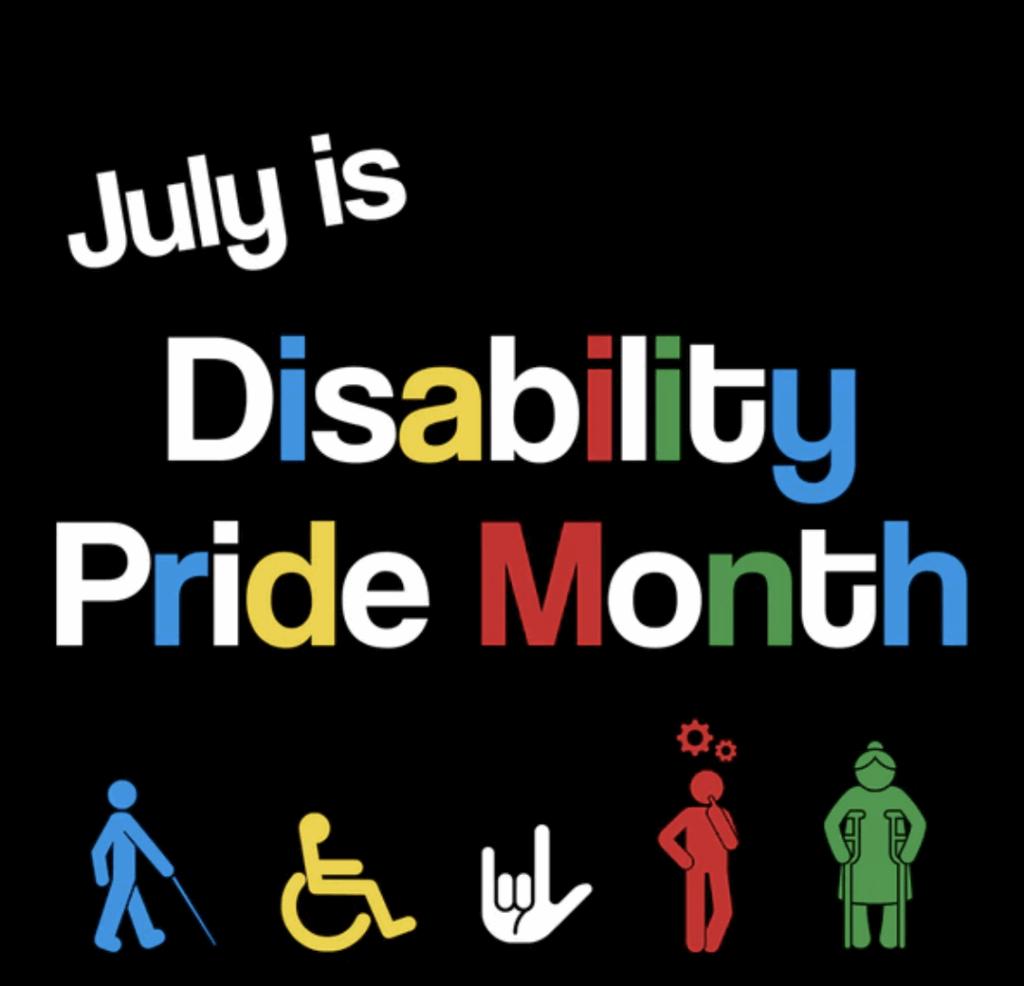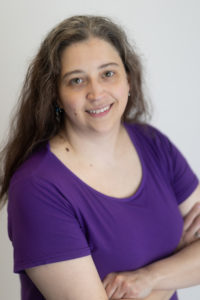By J.L. Mulvihill
One night I had a strange, terrifying but magical dream. That dream turned into a 180,000-word story. Eventually it was cut down drastically and became my first novel, The Lost Daughter of Easa. I had no idea what I was doing except writing a story that I wanted to share with others. Once I finished the novel, I had to figure out what to do with it.
I remember I was at work one day and was getting coffee in the kitchen when I saw an ad in the paper for a convention that offered workshops for writers. The conference was called MidSouthCon and was only for a weekend so I convinced my family we should go. It was the most amazing thing I had ever done. While my family went to do all the fun things they had at the convention, I went to every single writing panel I could squeeze into my schedule. I remember I was up late and exhausted, but I was determined to learn the business of writing inside and out.
With the things I learned at that convention and with writing that novel I found a link to another world. Of course, that world was always there, always looming in the back of my mind drifting in and out of my thoughts, but it was never really something I understood when I was younger.
As a child I read a lot for escapism. I didn’t have a very nice childhood, but I found that I could climb a tree with a book and run away with the characters in the story. My mind didn’t stop there though, because something else was going on in my head. Stories of my own were formulating and I found that if I didn’t have anything to read, I could escape into a story of my own making. As I grew older, I started writing these stories down along with poetry and songs. The silly thing is that I should have realized then that I was a writer, but I just didn’t get the hint.
The novel Lost Daughter of Easa was published in 2011 and had its debut at DragonCon that year where it sold out. I was riding on cloud nine and was ready to continue the story. However, I moved on to another project for a few years and wrote another adventure, all along knowing that Elsie’s story wasn’t finished. When I finally had time to sit down and continue writing Elsie’s story, I found it easy falling back into her world. The next novel in the series, for I now realized that this would eventually become a series, was called Return to Easa.
I was still working a full-time job and raising a family with my husband, but all the while I remained connected to that link in my mind. I never let go of the storyteller inside, but instead tempered her and kept at an even pace. I managed to write five other novels over the years to a total of seven while still working. I also wrote short stories and had them published as well.
In all this time I have never let Elsie Lind go; she has always been with me. I don’t think it is because it was my first novel, but more than that I am not done telling her story. There also might be a bit of me and my feelings and life in that story as well. Of course, all my stories have a little something of me in them – after all, you do write what you know. I am still writing the Elsie Lind Chronicles, not just to share her story, but to offer a world to escape to for my readers as I had done when I was young.
Though the novel was labeled young adult, I never started writing the story as a YA novel; it just kind of came out that way. I did, however, create the character in such a way that readers could identify with her. She does not start out as anyone very special, but she eventually finds her own potential and strengths within her to become a strong young woman. That part was intentional, because I believe we have within us the strength and power to overcome the obstacles life throws in our way.
In the beginning of the novel, Elsie Lind falls through a giant spider web that is a portal to another world. This was something I often fantasized about when I was a child, kind of like Alice in Wonderland. I wanted to go to another world to escape the life I was in, and I believed that if I could just find that portal, I could change everything in my life. I did find that portal, sort of, when I write my stories, because I go into that world I am writing about in my mind. As any good writer will tell you, I live it, breathe it, I feel it.
When Elsie wakes up in the other world, she has amnesia. I wrote this because what I had hoped was that a person could forget the bad things in their life and start fresh and maybe be a new person, start a new life. This experiment, however, enlightened me. I found that as I wrote the story, Elsie still had the thoughts and feelings inside, and she could not understand where they came from. Her emotions from past “baggage” if you will, were still guiding her and she could not grow until she faced these emotions. She had to find out who she was and where she came from in order to change the bad feelings and emotions within and become a better person. Elsie is still working on this, and I probably am too.
I think perhaps all my characters in all my novels are the kind that most kids and even adults identify with. It’s an understanding of growth and it is a form of therapy. I always encourage anyone who is going through, or has gone through stressful times to write, even if you’re not writing a novel just write your feelings because it really does help. I feel so grateful to be able to share my stories and get the therapy I need at the same time.
People always ask me what research I do for my books. Since The Elsie Lind Chronicles are fantasy novels, it is a bit difficult to research a made-up world, but not impossible. Even though it’s a fantasy world it needs to be believable. I like to research historical elements such as castles, swords, battle skills, clothing and things like that. I also research folklore, especially Scandinavian folklore that really seems to fit into my world beautifully. I have my own private collection of books on these subject matters and use them often. If there is something I do not have, I tend to go to a library or bookstore to find what I need. I am not against modern technology, and I will do some research on Google, but I prefer to use books so that I can be accurate.
The Lost Daughter of Easa will always have a special place in my heart, and I do hope to continue the story until there is no more to tell. Right now, I am writing full-time, so I will have lots of time to spend with Elsie Lind in her world. I hope that if you who are reading this now, you might give The Lost Daughter of Easa a try. See if you don’t manage to escape if only for a little while.
If you are a writer, give your characters the chance to speak to you. Let them in your head, feel their pain and accomplishments because really, they are a part of you. Share your story, because I promise you someone out there will identify with you and will appreciate the story you have written.
 A California native born in Hollywood, California, J.L. MULVIHILL wanted to be a rock star. After several years of modeling, acting, and singing, she decided to marry, have a family, and moved to a quieter life in Mississippi where she has lived for the past twenty years. Finding she has a gift for story telling she began to write young adult books, including the Steel Roots series and The Lost Daughter of Easa. She is very active in the writing community, a member of the Society of Children’s Book Writers and Illustrators, Gulf Coast Writers Association, Imagicopter, the Mississippi Writers Guild and Clinton Ink-slingers Writing Group. She continues to write fantasy, steampunk, poetry and essays inspired by her life in the South.
A California native born in Hollywood, California, J.L. MULVIHILL wanted to be a rock star. After several years of modeling, acting, and singing, she decided to marry, have a family, and moved to a quieter life in Mississippi where she has lived for the past twenty years. Finding she has a gift for story telling she began to write young adult books, including the Steel Roots series and The Lost Daughter of Easa. She is very active in the writing community, a member of the Society of Children’s Book Writers and Illustrators, Gulf Coast Writers Association, Imagicopter, the Mississippi Writers Guild and Clinton Ink-slingers Writing Group. She continues to write fantasy, steampunk, poetry and essays inspired by her life in the South.



 writing books, she’s a librarian at a local library, which is kind of a superhero. Her superpowers include always knowing what kids like to read, being able to read more than 10 books at one time, and the ability to eat more pizza than anyone.
writing books, she’s a librarian at a local library, which is kind of a superhero. Her superpowers include always knowing what kids like to read, being able to read more than 10 books at one time, and the ability to eat more pizza than anyone.